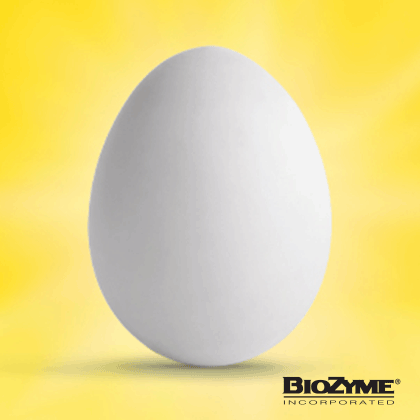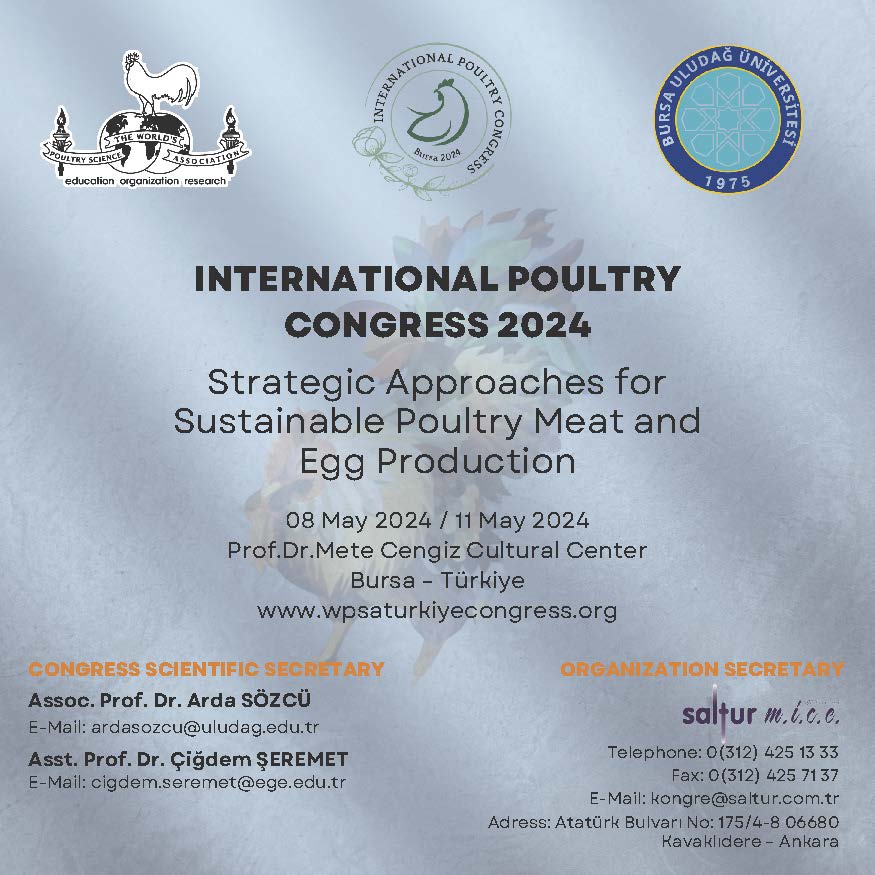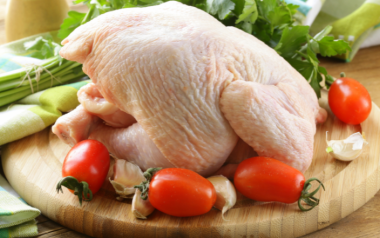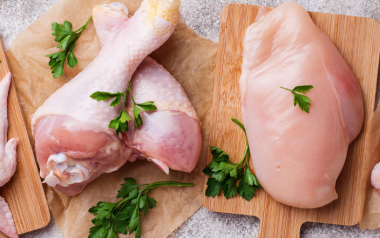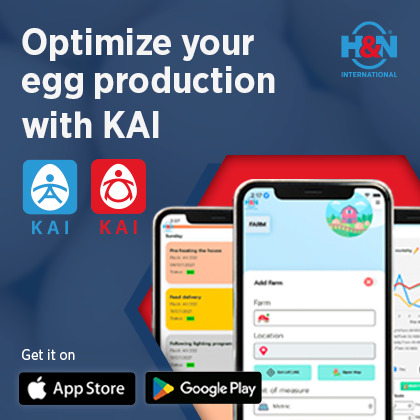Factors affecting poultry muscle to meat transformation
The review of the factors that influence the technological, sensory and nutritional characteristics of chicken meat are essential to have the knowledge for the research and development of new products with this type of meat in the future...
The review of the factors that influence the technological, sensory and nutritional characteristics of chicken meat is essential to know the research and development of new products with this type of meat in the future.
The development of the poultry sector and the importance of the consumption of chicken meat worldwide require better knowledge and control of product characteristics.
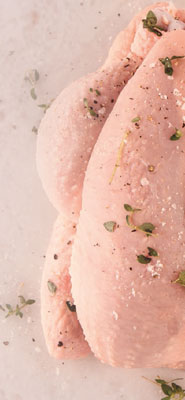
SAFETY: It is determined by the absence of pathogenic microorganisms, antibiotics, or other chemical compounds that can harm the consumer's health.
NUTRITIONAL FACTORS: They are related to the chemical composition (proteins, fats, carbohydrates, and micronutrients) whose consumption is considered essential for properly developing our metabolism.
TECHNOLOGICAL QUALITY: It is related to the properties of the meat that determine its aptitude for transformation and conservation.
FUNDAMENTAL ASPECTS OF MEAT QUALITY
ORGANOLEPTIC OR SENSORY QUALITY: It is one of the most critical aspects from a commercial point of view. It is based on the characteristics perceived by the senses (taste, smell, color, hardness, texture) at the time of purchase or consumption.
DESIGNATIONS OF ORIGIN OR QUALITY traits: There are other meanings, such as symbolic quality, related to religious prohibitions, images linked to advertising campaigns, etc., which may affect the purchase intention.
COMPOSITION OF THE MEAT: It develops during the animal's life, so its quality is strongly affected by both premortem and post-mortem factors. In this article, we will review the factors that affect the quality of the meat before slaughter (pre-mortem).
MEAT QUALITY VARIATION FACTORS
- INTRINSIC (species, muscle type, sex, genetic origin, and age at slaughter)
- EXTRINSIC (breeding and slaughter conditions, feeding, biochemical changes)
INTRINSIC TO CHICKENS
GENOTYPE
Genetic variants affect the water retention capacity because the final pH of chicken meat from a slow-growing line is higher than that of the control (5.78 vs. 5.68). Le Bihan-Duval et al. (1999) -Table 1-.
In slow-growing genotypes, drip loss and cooking loss (%) are lower than in the fast-growing commercial (Fanatico et al., 2005).
Slow-growing genotypes have lower values in color concerning the redness parameter (a * Table 2) compared to fast-growing ones. However, this difference in meat color is due to the difference in slaughter age, affected by myoglobin availability in muscle -Table 2-.
The nutritional quality of fast-growing breasts had a higher lipid content than that of slow-growing. The same trend occurs for the ash content. Jaturasitha et al. (2008) 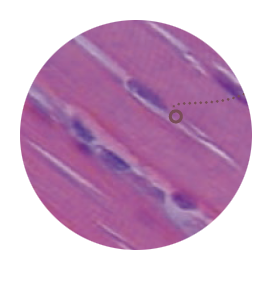

Table 1. Comparison of the different genetic variants of chicken growth and its water retention.
TYPE OF MUSCLE FIBERS
Weight gain and breast performance are associated with increased striated fibers and reduced glycolytic potential in the muscle during the 15 min after the post-mortem period.
The breast muscle exhibits more ribbed fibers, resulting in a lower L * (lightness) color value and less drip loss.
Furthermore, when the post-mortem time increases with the storage time, at T between 4 and 12 °C, the lightness (L*) and the yellow color (b*) increase, while the redness (a*) decreases. The higher myoglobin content in muscle contributes to a higher a* value and a lower L* value than the lower myoglobin content. Jaturasitha et al. (2008a).

Table 2. Comparison of the color and luminosity value between fast and slow chicken growth lines.
SEX
At 24 h post-mortem, the pH values of breast meat between sexes show that females have a lower pH24 (5.87). Lopez et al. (2011). This difference in pH value may be due to the glycogen content in the muscle between males and females. On the other hand, females exhibit a higher yellow color (b*) than males. In addition, the loss of cooking is greater in females (22.7%) than in males (22.2%) due to the low pH.
Thawing loss is greater in males due to excess moisture collected during processing due to differences in breast thickness. López et al. (2011) The lipid content is higher in females than in males, while the protein content was higher in males than in females. (Schilling et al., 2003; Corzo et al., 2009). Females have more C16: 0, and C18: 3W3 fatty acids than males, while males have more C18: 1W7T and C20: 4W6 fatty acids than females. Brunel et al., (2006). De Marchi et al. (2005).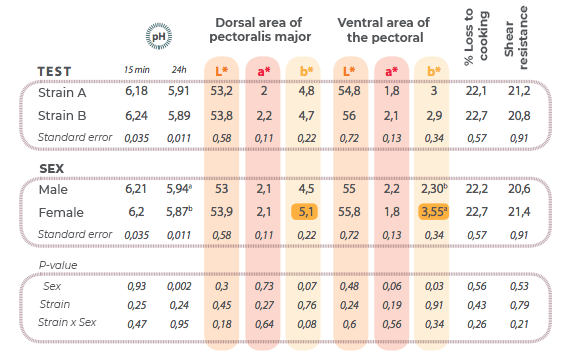
Table 3. Comparative study of meat quality according to batch and sex ab Significant differences (P <0.05) Measurement of color and pH (24h) n = 128 pH (15min) n = 64; cooking loss and cut resistance n = 96

SLAUGHTER AGE
The glycogen content of the pectoralis major decreases with age. This reduction of glycogen in the breast muscle is associated with an increase in the striated fiber area.
Janish et al. (2011) explain that electrical conductivity, drip losses, and shear force increased, but cooking loss and a* values decreased with the age of chickens.
Wattanachant (2008) studied the structure, and properties of the muscle protein of Thai chickens during growth from 6 to 24 weeks of age, confirming that:
- The moisture content in the muscle decreases from 77.8 to 71.6%
- Fat and protein content increases from 1.35 to 3.90% and from 21.5 to 24.0%, respectively
LIVE WEIGHT
Weight variability is due to sexual dimorphism. The difference in growth rate explains the differences in post-mortem metabolism of chicken muscle. The heaviest (> 3.3 kg) have darker breast meat (L * = 51.67) than the lighter (<3.0 and 3.0 to 3.3 kg; L * = 52.63 and 52.84, respectively). The light carcasses had a greater thawing loss than the heavy ones, while the greater shear force was in the heavy ones. Bianchi et al. (2006).
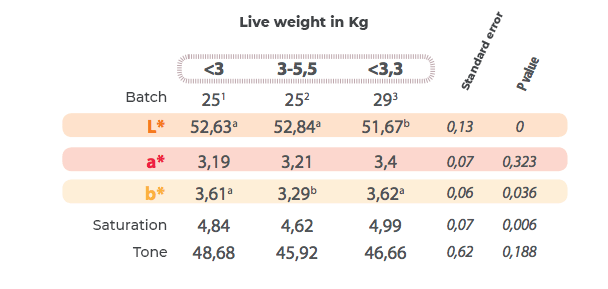
Table 4. Characteristics of meat based on live weight.
ab Significant differences (P <0.05)
1 2295 2 2240 breasts 2462 breasts 3
EXTRINSIC TO CHICKENS
PRODUCTION SYSTEMS
The main effect in chickens raised with access to the open air is the slower growing yellowish color but does not occur in a commercial setting. Drip loss in the slow-growing ones who had access to the outdoors increased compared to those without access to the outdoors. Fanatico et al. (2005).
The effect of organic production on the carcass of chickens and meat quality affected the value of the cutting force, which was greater in the breast muscles of outdoor birds, presumably due to their increased motor activity.
In terms of nutritional value, the fat content (in the open-air system) reduced the lipid content of chicken breast meat three-fold when compared to the conventional ones. Castellini et al (2002).

Table 5. Characteristics of the meat depend on the type of poultry production
FEEDING
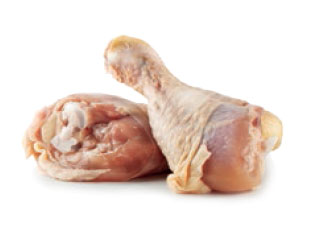
The diet with supplementation of different levels of vitamin E (α-tocopherol acetate) led to a difference in chemical composition and sensory quality of the meat. The α-tocopherol muscle levels of chickens with the supplemented diet were 6-7 times higher than those in the control diet. Baracho et al. (2006).
Also, the concentration of aldehydes, responsible for the rancid taste, was higher in the control samples than in the supplemented one. The effects of dietary α-lipoic acid on the pH value and the activities of glycogen phosphorylase and pyruvate kinase in the post-mortem process revealed that its administration could reduce the prevalence of pale, soft, and exudative meat (PSE).
TRANSPORT
Transport produces stress factors such as high or low temperature, high humidity, noise, sudden movements... It can affect the quality of the meat due to the metabolic response to stress, resulting in loss of body balance. A significant effect of transport is the color of meat: carcass breast fillets transported over the shortest distance (<40 km) exhibited increased redness of breast meat (a * = 3.59) when Compared with transport distances of 40 to 210 or> 210 kilometers (a *) = 3.28 and 3.04, respectively). Bianchi et al. (2006).
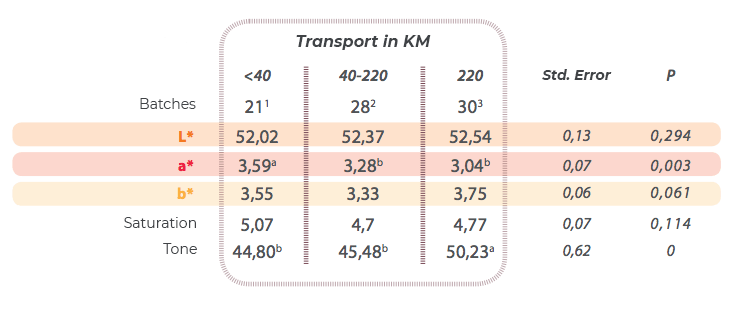
Table 6. Influence of the transport distance in relation to the quality of the meat
ab Significant differences (P <0.05)
1 2,028 breasts 2 2,476 breasts 3 2,493 breasts
PRE-SLAUGHTER TEMPERATURE & WAIT TIME
Temperature fluctuations cause variations in the quality of the carcass. For example, heat increases abdominal fat, and in cold temperatures, a lower fat content is deposited in the meat. Gordon and Charles (2002).
The temperature of pre-slaughter birds kept at less than 12°C resulted in darker meat (L* = 51.32) than fillets at 12 to 18°C (L* = 52.85) or above 18°C (L * = 53.11). The a* color values are significantly lower in the breast (2.48 vs 3.04) at higher temperatures (34°C vs 25°C).
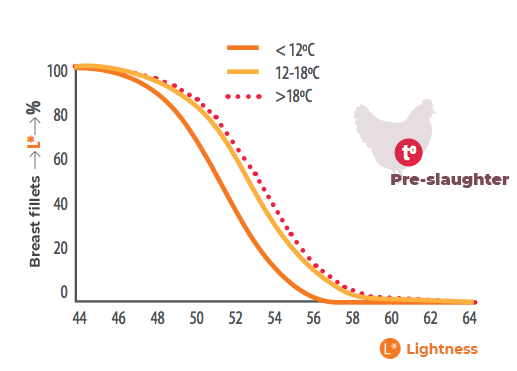
Graph 1. Variation of Lightness as a Function of Pre-Slaughter Temperature
WATER AND FEED WITHDRAWAL & PRE-SLAUGHTER STRESS
Removing the feed before slaughter allows emptying of the digestive system and reduces the probability of fecal contamination during processing. The recommended times are between 8 and 12 hours. To accelerate rigor mortis, the available glycogen must be decreased before the appearance of cadaveric rigidity.
Removal of feed from chickens before slaughter significantly reduces muscle energy reserves that could be used during post-mortem metabolism. No influence of fasting was seen on any of the meat color parameters (L *, a *, b *) on measurements taken 96 hours after slaughter. Shawkat et al., (2008)
Graph 2. Variation of Lightness as a Function of Pre-Slaughter Time
The shortest waiting time (<6 h) produced the highest L * values (52.84) compared to the periods of 6 to 9 hours and more than 9 h (L * = 52.12 and 52.04, respectively). Bianchi et al. (2006).
Removal of feed prior to slaughter reduces energy reserves that the muscle could use during post-mortem metabolism
[mks_icon icon = "fa-binoculars" color = "# 357ebf" type = "fa"] The quality of chicken meat is affected by various factors such as genotype, age, sex, breeding systems, diet, muscle pH, muscle type, live weight, withdrawal of feeding, pre-slaughter stress…
[mks_icon icon = "fa-binoculars" color = "# 357ebf" type = "fa"] These factors not only influence the quality of the meat but also the metabolic capacities of the muscle, necessary for post-mortem processes, such as rigor mortis or meat tenderization.
[mks_icon icon = "fa-binoculars" color = "# 357ebf" type = "fa"] This review has demonstrated in a general way the determining role of the days, hours, and processes preceding the slaughter of the chicken in the quality of the meat.
[mks_icon icon = "fa-binoculars" color = "# 357ebf" type = "fa"] Therefore a better understanding of these factors will help the sector to obtain a better quality product.


